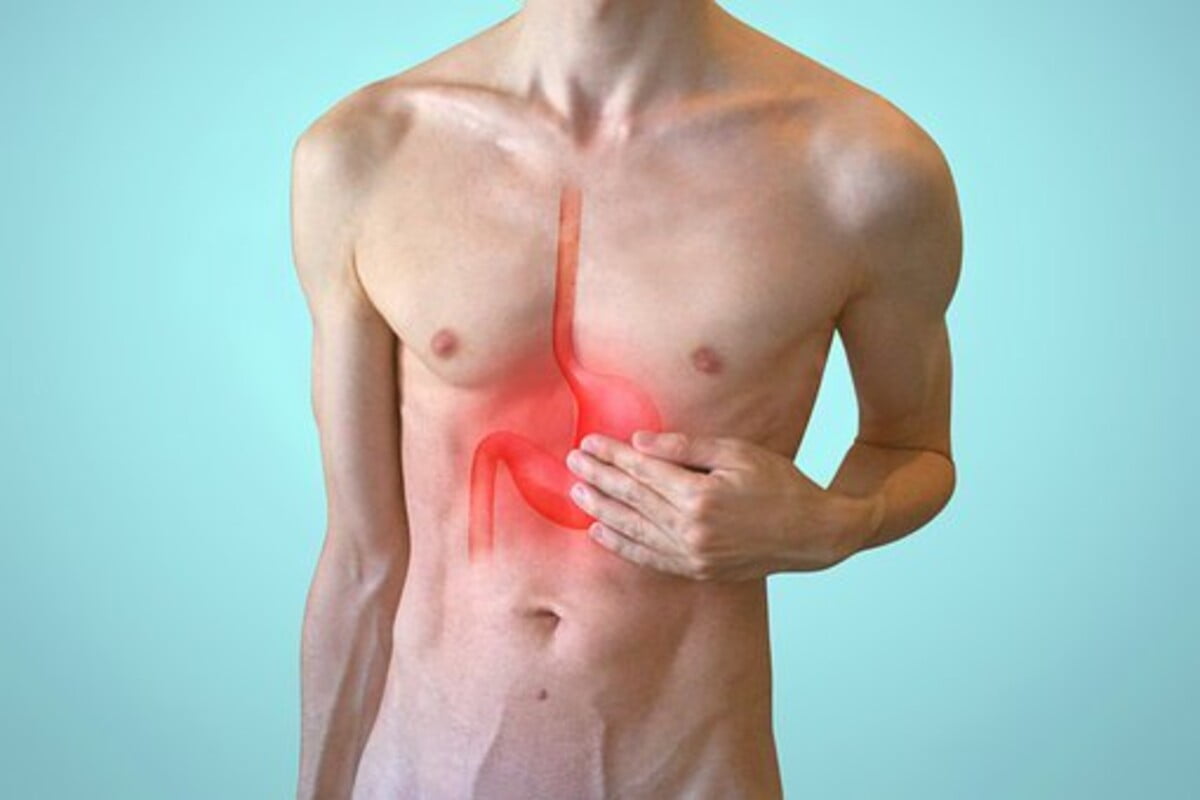To cure GERD, doctors use a variety of different techniques. These techniques include Esophageal manometry, pH monitoring, and Nissen fundoplication. In addition, over-the-counter acid buffers may also be used. Although many people have had positive results from these procedures, they are not for everyone.
Table of Contents
Esophageal manometry
Esophageal manometry is a test used to determine if you have GERD. This test is done using a unique tube that enters the larynx and measures the contraction of the muscles in the esophagus. It takes 15 to 30 minutes to complete. Patients should be completely flat on their stomachs and take no food or drink for at least half an hour before the procedure. A local anesthetic may ensure that patients are comfortable during the test.
The esophageal manometry test is performed using a thin, pressure-sensitive tube. Before the test, the patient will be given a numbing medication to make the procedure less painful. Then, the technician will insert the tube, about one-eighth inch in diameter, into the patient’s mouth and esophagus. While the tube is in place, it will be pulled back slowly, measuring the amount of pressure produced during swallowing. During the test, a gastroenterologist may also perform other tests to evaluate the health of the rest of the esophagus.
Esophageal pH monitoring
Esophageal pH monitoring may help you find the cause of your GERD symptoms. The doctor will check your pH levels to see what is causing your symptoms. You may take antacids or other medications. Be sure to follow your doctor’s instructions for taking medications. Sometimes, you may experience temporary sore throat during the esophageal pH test.
This procedure measures the amount of acid in the esophagus and how long it stays there. This is important because it can help your doctor determine if your medication is effective or not. It can also help you monitor your symptoms for up to 16 hours.
Esophageal Nissen fundoplication
Nissen fundoplication is a surgical procedure used to treat gastroesophageal reflux disease (GERD). The procedure tightens the sphincter at the top of the stomach, preventing stomach acids from rising in the esophagus. Patients with GERD may also have a hiatal hernia condition, in which a portion of the stomach extends through the diaphragm. This condition can cause severe acid reflux and GERD symptoms.
Although Nissen fundoplication is highly successful for treating GERD, there are some risks associated with the procedure. For example, it carries a risk of infection at the incision site. Some patients may also require another surgery in two to three years.
Over-the-counter acid buffers
Over-the-counter acid buffers for heartburn can provide relief for mild cases of GERD. They work by neutralizing stomach acid. Several brands are available over-the-counter, including Gaviscon, Mylanta, Tums, Rolaids, and Maalox. However, they aren’t the best choice for severe or chronic cases.
Prescription-strength acid-buffered drugs (PPIs) and H2 blockers can provide additional GERD relief. While OTC acid buffers can provide immediate relief, prescription medications are better at healing the esophagus and preventing recurrences of GERD symptoms.
A gastroenterologist can recommend the proper treatment for you based on your symptoms. Depending on your symptoms, you may want to consider lifestyle changes to help alleviate your symptoms. For example, some people may find that eating smaller meals more often helps them cope with their symptoms. Other factors that can contribute to reflux include abdominal obesity and tight clothing.
Surgery for GERD
Endoscopic esophagus surgery (TEF) is one option for GERD patients. This procedure involves folding tissue at the end of the esophagus near the stomach to block gastric juices and content reflux. It is a minimally invasive procedure that uses an endoscope (a flexible, light-bearing tube) to access the esophagus. The endoscope is attached to a particular electrode, which delivers radiofrequency energy to the esophagus. Minor cuts and scar tissue prevent food from moving back up.
Surgery for GERD can help patients relieve heartburn, indigestion, and chronic GERD symptoms. It can be performed either openly or laparoscopically. The most common type of surgery is called a fundoplication. It involves wrapping the upper portion of the stomach around the lower esophagus and strengthening the muscle that controls the passage of stomach acid.

